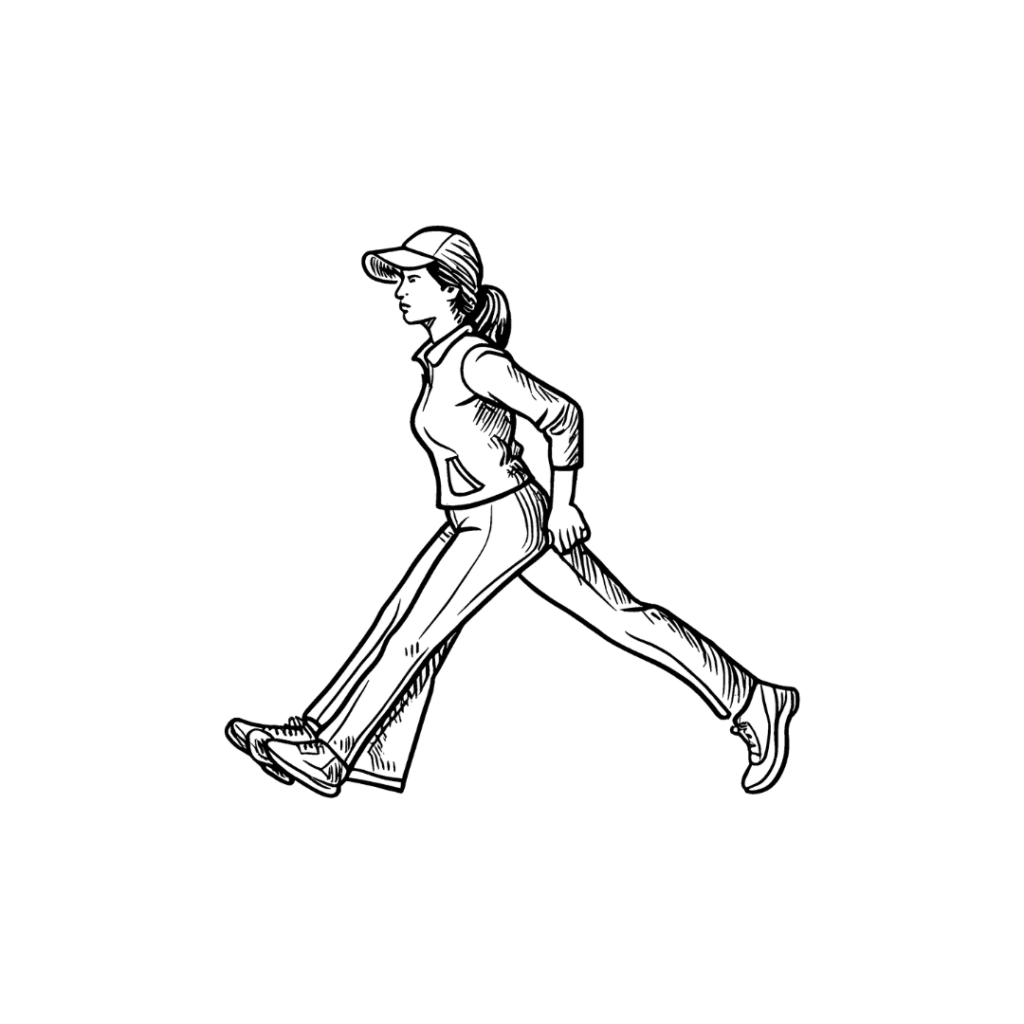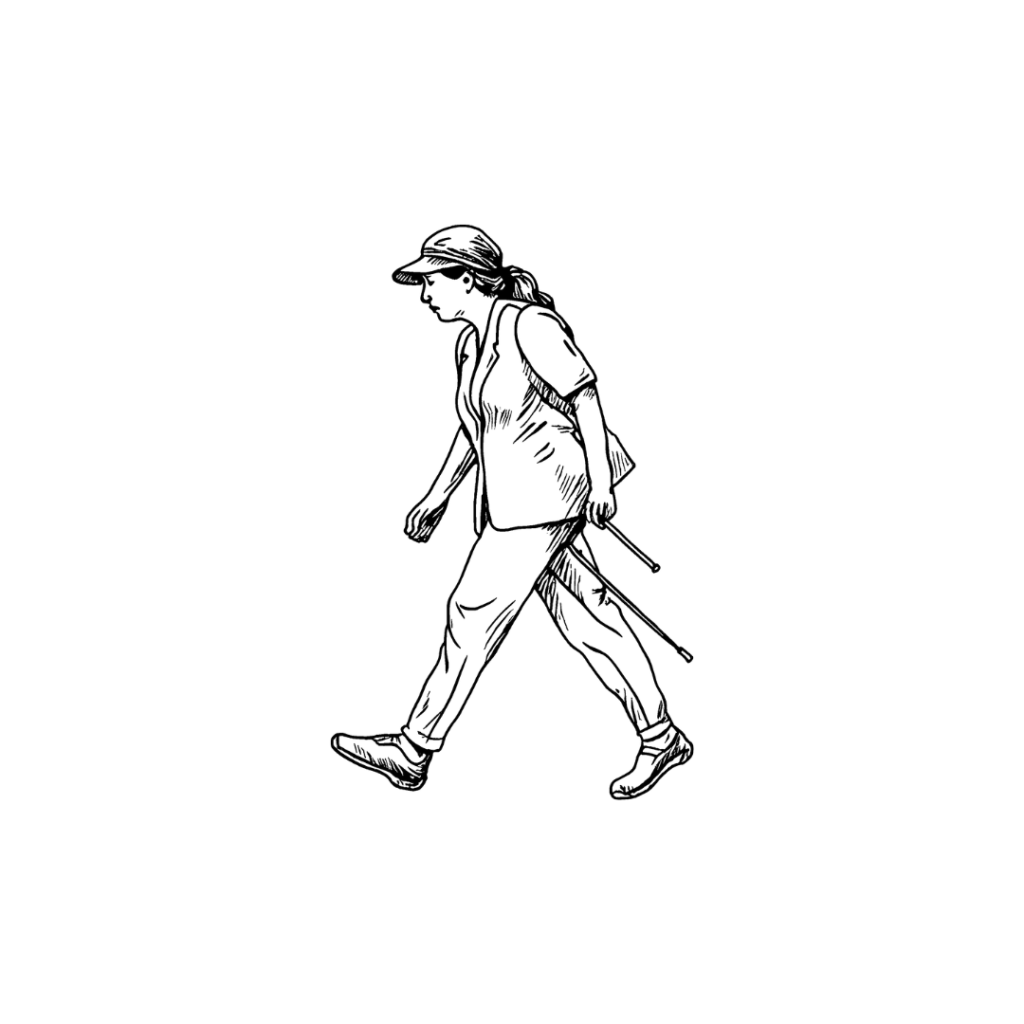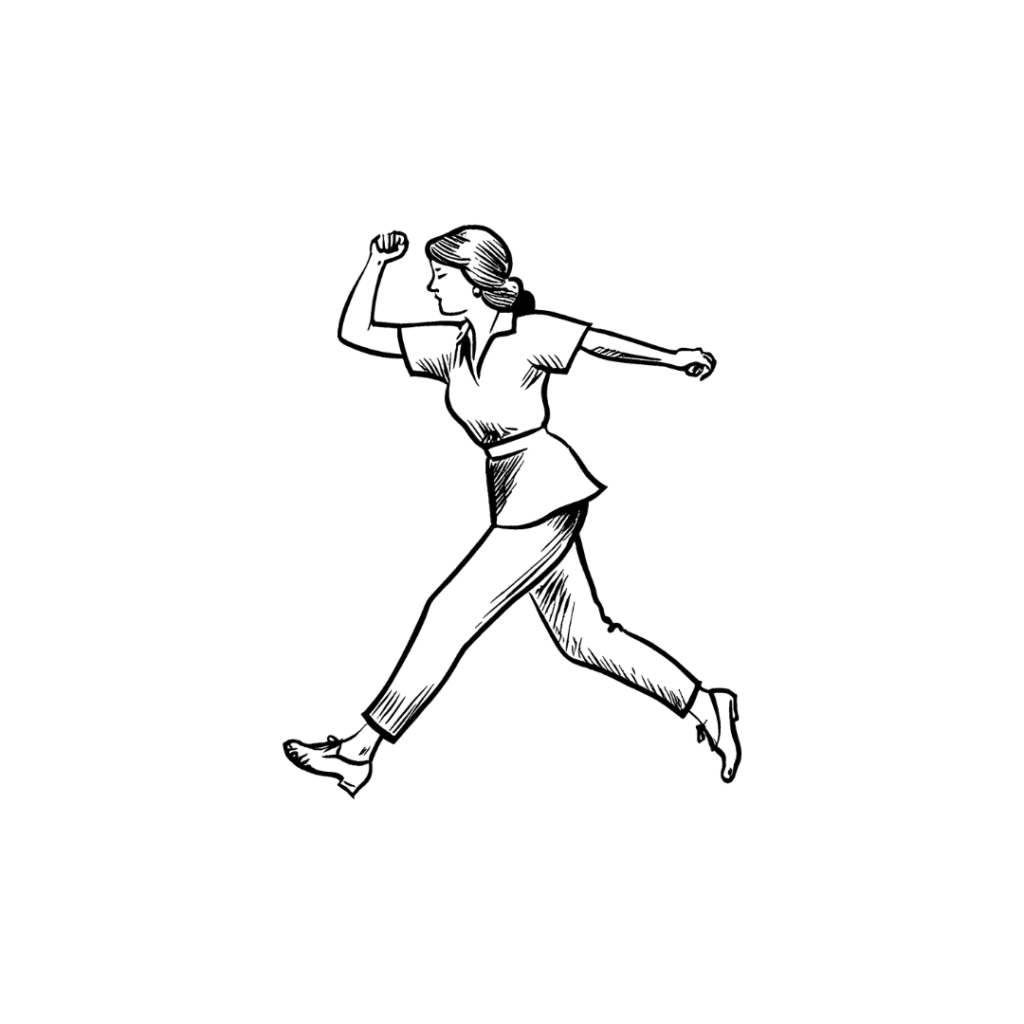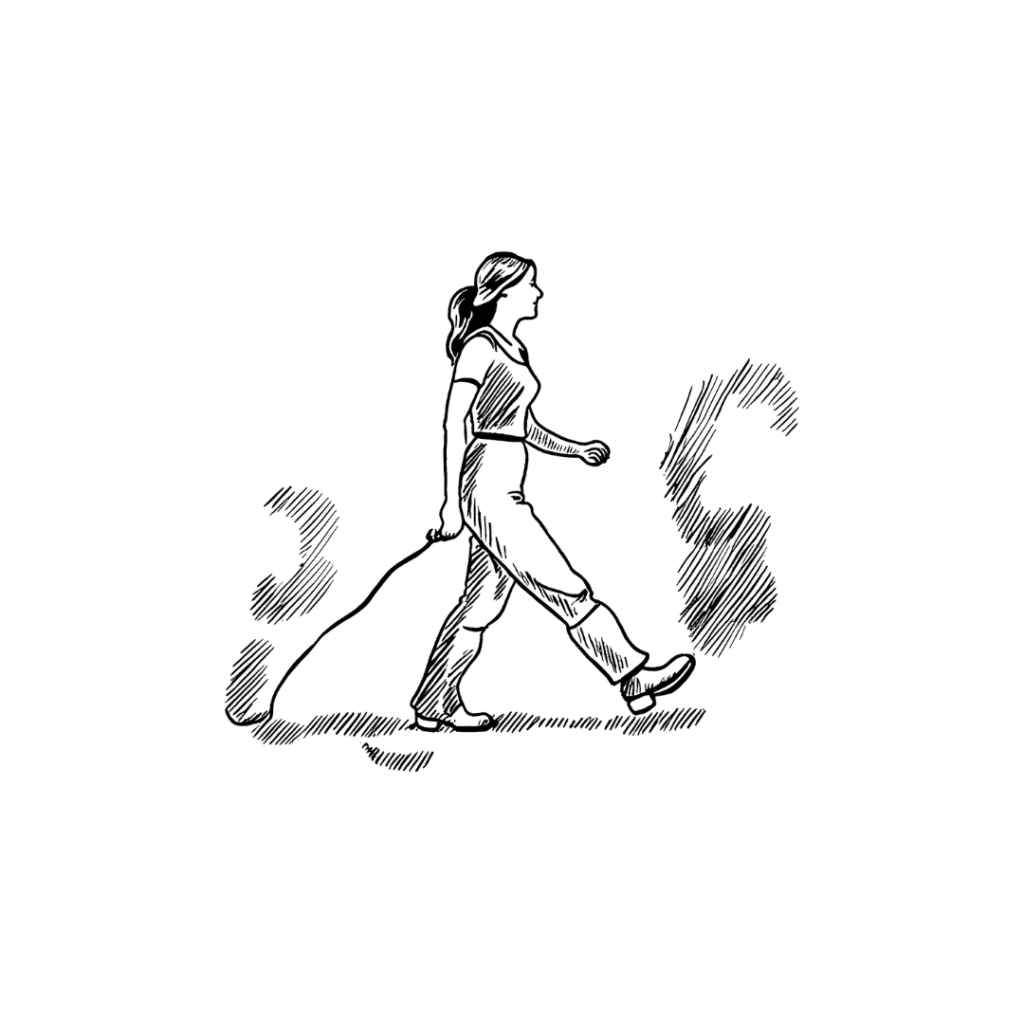Introduction
Walking is a fundamental human activity, often taken for granted. However, recent studies have shown that the way we walk can reveal significant insights into our personalities. By decoding walking styles, we can understand more about our psychological traits and improve various aspects of our lives. This article delves into the fascinating world of walking styles and what they say about us.
Types of Walking Styles
The Brisk Walker
Brisk walkers move with purpose, often at a faster pace than others. They tend to have a straight posture and a determined look.

The Slow Walker
Slow walkers take their time, moving leisurely and often appearing relaxed. Their pace reflects a calm and reflective nature.

The Multitasker Walker
Multitasker walkers are those who walk while engaging in other activities, such as using their phone or reading.

The Arm Swinger
Arm swingers move their arms energetically as they walk, often in sync with their stride, indicating enthusiasm and extroversion.

The Stomper
Stompers walk heavily, making noticeable noise with each step, often reflecting assertiveness and dominance.

The Shuffle Walker
Shuffle walkers drag their feet slightly, moving at a slow, unhurried pace, indicating a reserved and introverted personality.

The Confident Walker
Confident walkers have a steady pace, upright posture, and make eye contact, reflecting self-assuredness and charisma.

Walking Styles and Their Psychological Traits
Brisk Walker: Energetic and Goal-Oriented
Brisk walkers are typically energetic and goal-oriented. They are often seen as dynamic and efficient individuals who like to get things done quickly.

Slow Walker: Reflective and Calm
Slow walkers are usually reflective and calm. They take their time and are often deep thinkers, appreciating the journey rather than the destination.

Multitasker Walker: Busy and Distracted
Multitasker walkers are busy and often distracted. They juggle multiple tasks at once, indicating a high level of busyness and a tendency towards distraction.

Arm Swinger: Enthusiastic and Outgoing
Arm swingers are enthusiastic and outgoing. Their energetic arm movements reflect their extroverted nature and love for social interactions.

Stomper: Assertive and Dominant
Stompers are assertive and dominant. Their heavy footsteps signify their strong presence and confidence in their actions.
Shuffle Walker: Reserved and Introverted
Shuffle walkers are reserved and introverted. Their shuffling gait suggests a tendency to be more withdrawn and introspective.

Confident Walker: Self-Assured and Charismatic
Confident walkers are self-assured and charismatic. Their steady pace and upright posture reflect their confidence and natural charisma.

Factors Influencing Walking Styles
Biological Factors
Genetics play a significant role in determining walking styles. Muscle strength, joint flexibility, and overall physical health can influence how a person walks.
Environmental Influences
The environment in which one walks can also affect walking style. Urban environments may encourage brisk walking, while rural areas might promote a slower pace.
Cultural Norms
Cultural background can influence walking styles. Different cultures have varying norms regarding personal space, pace, and movement.
Psychological Conditions
Mental health conditions such as anxiety, depression, or stress can significantly impact walking styles, often leading to slower or more erratic movements.
Age and Gender Differences
Age and gender can also influence walking styles. Younger people tend to walk faster, while older adults may adopt a slower pace. Gender differences can also be observed, with men and women often displaying different walking patterns.
How to Analyze Your Walking Style
Self-Observation Techniques
Observing your walking style can be done through self-reflection. Pay attention to your pace, posture, and arm movements as you walk.
Recording and Reviewing Walking Patterns
Recording your walking patterns using video can provide valuable insights. Reviewing these recordings can help you identify specific traits and areas for improvement.
Professional Analysis Tools
There are professional tools and experts available who can analyze your walking style in detail, providing a comprehensive understanding of your gait and its implications.
Benefits of Understanding Your Walking Style
Improved Self-Awareness
Understanding your walking style can lead to improved self-awareness, helping you recognize and address any underlying issues.
Better Communication Skills
Different walking styles can impact communication. By understanding your style, you can adjust your body language to improve interactions with others.
Enhanced Personal Relationships
Being aware of your walking style can also enhance personal relationships, as it allows you to better understand and respond to the walking styles of those around you.
Increased Emotional Intelligence
Recognizing the connection between walking styles and personality traits can boost emotional intelligence, leading to more effective interpersonal relationships.
Physical Health Insights
Analyzing your walking style can provide insights into your physical health, potentially identifying issues such as muscle imbalances or joint problems.
Expert Insights on Walking and Personality
Interview with a Psychologist
Insights from a psychologist on the psychological implications of different walking styles.
Perspectives from a Physiotherapist
A physiotherapist’s perspective on how walking styles can impact physical health and well-being.
Insights from a Behavioral Scientist
A behavioral scientist’s take on the relationship between walking styles and personality traits.
Common Misconceptions
Walking Style Cannot Change
Debunking the myth that walking styles are fixed and cannot change over time.
Walking Style Is Not Linked to Personality
Clarifying the strong connection between walking styles and personality traits.
Only Body Language Matters, Not Walking
Highlighting the importance of walking style as a key aspect of body language.
Practical Tips to Improve Your Walking Style
Techniques to Walk More Confidently
Practical tips and exercises to develop a more confident and self-assured walking style.
Exercises to Enhance Arm Swing
Exercises designed to enhance arm swing, promoting a more energetic and outgoing walking style.
Mindfulness Practices for Focused Walking
Mindfulness practices that can help improve focus and reduce distraction while walking
Conclusion
Understanding your walking style provides valuable insights into your personality and can significantly enhance various aspects of your life. From improving self-awareness and communication skills to boosting emotional intelligence and uncovering physical health issues, the way you walk speaks volumes about who you are. By observing, recording, and analyzing your walking patterns, you can make conscious adjustments to reflect a more confident, focused, and balanced version of yourself

